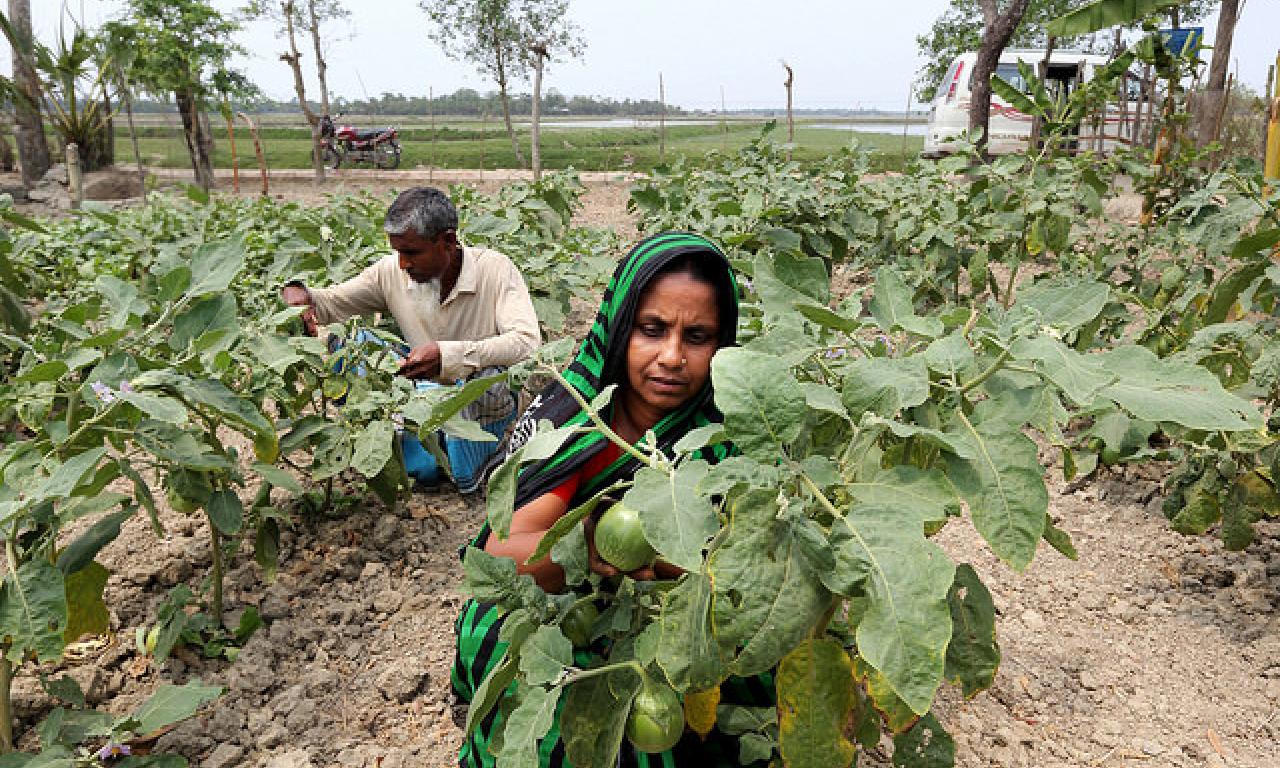
The rationale for adopting a gender transformative approach goes beyond just considering the symptoms of gender disparity, it addresses the social norms and attitudes that lie behind them. The CGIAR Research Program on Aquatic Agricultural Systems has placed a transformative approach at the heart of its gender strategy. But how can this be turned into a reality?
Recommended publications
- Gender strategy brief: A gender transformative approach to research in development in aquatic agricultural systems
- Transforming aquatic agricultural systems towards gender equality: a five country review
The rationale for adopting a gender transformative approach goes beyond just considering the symptoms of gender disparity, it addresses the social norms and attitudes that lie behind them. The CGIAR Research Program on Aquatic Agricultural Systems has placed a transformative approach at the heart of its gender strategy. But how can this be turned into a reality?
If we look back over four decades of gender development research, there have been some successes, however change has not been as deep, widespread or sustained as we want. Reflecting on the reasons for this, we can identify several barriers:
- Gender research for development has lacked a strong and coherent narrative with which to influence decision-makers and attract funding.
- Gender research in agricultural development has mainly been tied to the pipeline research model, and this has proved a bad fit.
- There has been a failure to invest in organizational culture change, especially at CGIAR, that is needed to address gender effectively.
Identifying the factors that have slowed past progress is an important first step in understanding what we need to do differently from now on. For example, how can we create and maintain a compelling narrative? Who within our organizations needs to be convinced about the gender transformative approach, and how deeply do they need to engage with it?
There are examples of success where interventions have successfully delivered changes in attitudes and behavior on gender-based issues. Consultants Augustine Kimonyo of Rwanda and Fred Kinto of the Institute for Reproductive Health, Georgetown University, Uganda have both been working on projects addressing gender-based violence in Africa. Diane Lindsay of Helen Keller International has worked on a CARE project in Sierra Leone that addresses adolescent reproductive health.
There are common elements in these successful programs: sponsoring development organizations had buy-in from their staff before program initiation; the program engaged with both men and women; intensive effort was required to achieve change; and challenges surrounding scaling up and sustaining success.